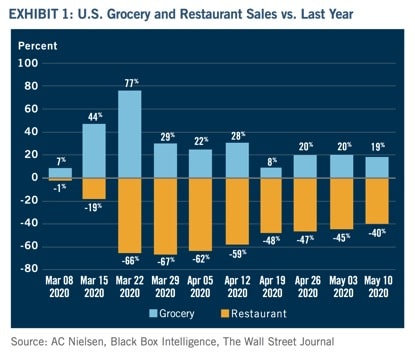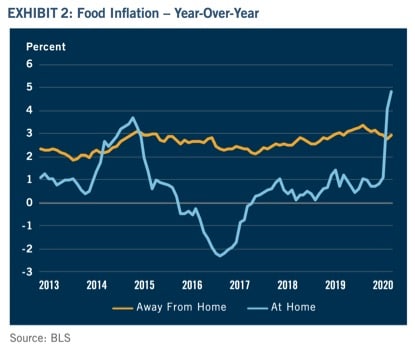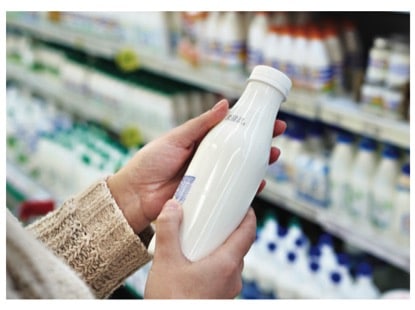COVID-19 is dramatically affecting consumer habits and dairy supply chains as food service demand plummets and grocery sales surge. Consumers struggling with job losses and economic uncertainty quickly returned to buying basic dairy products like fluid milk, commodity cheese and butter.
A new report from CoBank’s Knowledge exchange indicates that consumer behaviour will be different for the next 12 to 18 months than it was pre-pandemic, and as that behaviour takes root, dairy supply chains will need to adjust from farm to fork.
“The dairy industry is coping with some new realities, largely driven by the decrease in food service demand and restaurant sales,” said Tammer Ehmke, manager of CoBank’s Knowledge Exchange. “The challenge for dairy supply chains will be adapting to focus on meeting demand trends based on evolving consumer behaviour as we navigate through an uneven reopening.”
As consumers heeded the stay-at-home advisories, they increased purchases of products that in recent years had fallen out of favor. Processed cheese sales increased by nearly 20% during the eight weeks ending May 31. White milk sales gained more than 10% during the same period. Cereal is also doing well with sales up almost 15%.

Changing behaviour
Even as restrictions have begun lifting, polling has shown widespread reluctance among consumers about immediately returning to normal activities. These activities include restaurant dining and business travel. In late April, a Business Insider poll found just 71% of Americans will remain with their changed routine during Covid. Around 16% said that they would resume “almost all” of their activities post pandemic.
At a minimum, it will take sometime for sit-down restaurant traffic to look anything like it did before the pandemic. Forecasts from Open Table suggest that the U.S. could lose up to 25% of its restaurants.
Any structural reduction in restaurant sales has potential product mix implications for dairy processors and converters. For instance, firms that specialize in making or packaging products for food service accounts will need to retool, making different types of cheese or filling different-sized sour cream containers for at-home consumption. The food inflation at home has seen such a rise after 2015 only.

Food for home is experiencing some Price volatility over the past 90 days . It has more to do with massive supply chain disruptions than major changes to aggregate demand and supply. Perishability played a big role in the upheaval. As demand spun toward retail, food service operators disposed of fresh products that now have to be replenished for reopening.
Some buyers are asking if suppliers can develop and provide extended shelf life alternatives. Movement in that direction would presumably help on the supply side, giving manufacturers and dairy farmers more supply cushion.
A world with more extended shelf life manufacturing options might mean less dumping of milk than took place in April. Business models may also be readjusted from just in time inventory practices to having more inventory stored in warehouses.



























